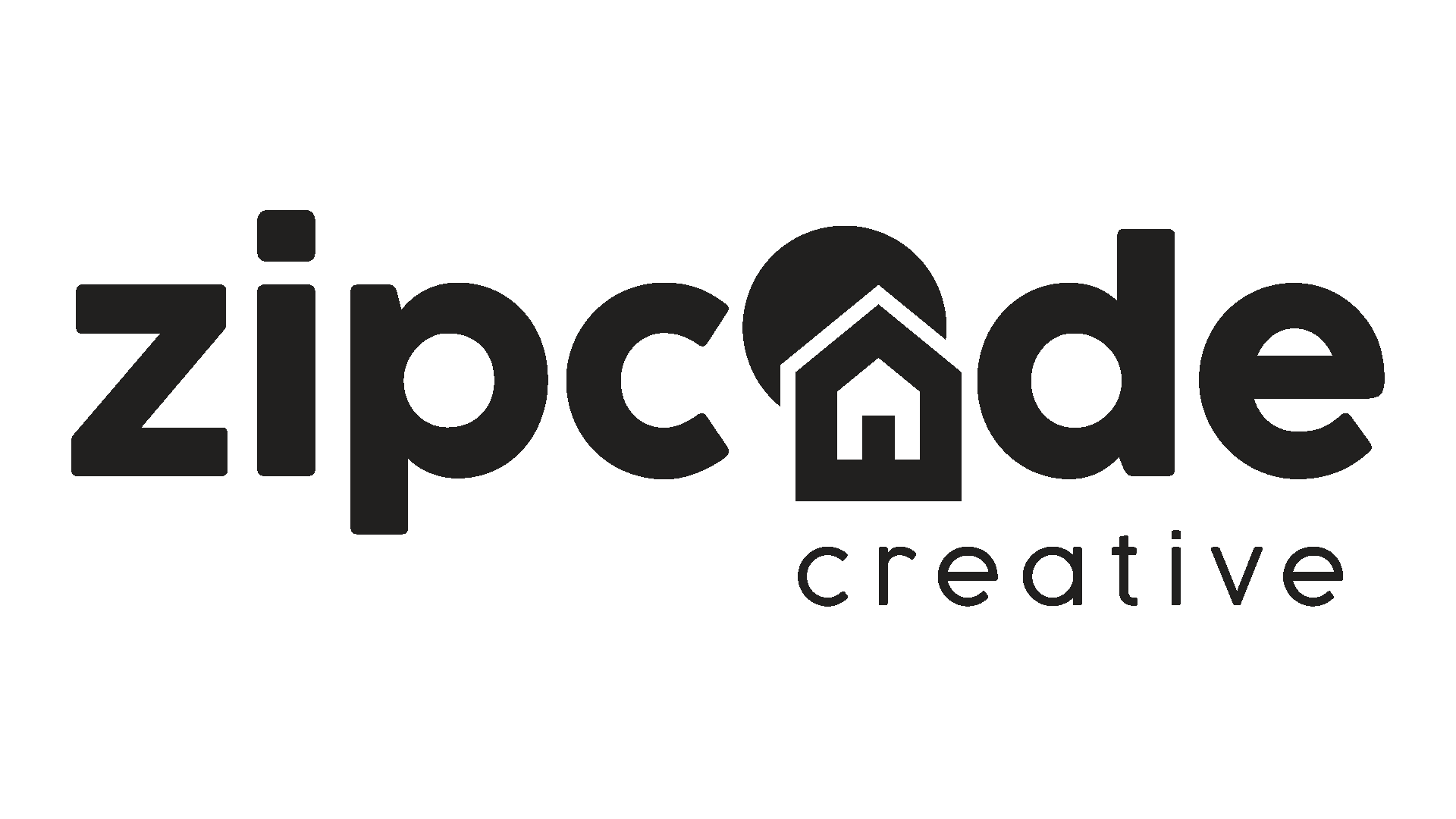
AI Multifamily Marketing: Where Branding Fits (And Where It Doesn’t)
Stacey Feeney
Using AI for everything in your multifamily marketing? Not quite yet—and definitely not on our watch.
The multifamily industry is embracing artificial intelligence faster than ever. According to AppFolio’s 2025 report, 34% of property management professionals currently use AI (up from 21% in 2024), with 47% of large properties (5,000+ units) using AI versus only 28% of smaller properties. But here’s the thing: AI doesn’t need to be used for everything in your marketing processes.
Being strategic about how you use AI multifamily marketing tools is the smart move. Know where it excels, recognize where it fails, and understand the places where authentic apartment brand development still reigns supreme.
Below, we outline where AI transforms multifamily marketing operations and where authentic branding remains irreplaceable—so you can use it strategically for maximum impact.


Where AI Transforms Multifamily Marketing Operations
When the task requires basic execution with clear inputs and outputs, AI shines. Think: foundational content creation, data crunching, and automated testing. These areas represent AI’s current sweet spot in multifamily marketing.
Content Creation: AI’s Sweet Spot for Efficiency
AI excels at basic content production. It can generate outlines, suggest headlines, and brainstorm social media post ideas. The more foundational the content, the better it performs. AI is particularly valuable for brainstorming sessions and creating boilerplate-style content like disclaimers or basic property descriptions.
For multifamily communities, this means AI can handle:
- Social media content calendars and basic post ideas
- Email marketing templates and variations
- Property description drafts and amenity lists
- Blog post outlines and topic suggestions
However, this content still requires human oversight to ensure it aligns with your brand voice and messaging strategy.
A/B Testing and Data Analysis: Let the Robots Handle the Numbers
A/B testing is where AI can compare and contrast almost more quickly than you can say “Venn Diagram.” Some campaigns can be automated for setup and optimization with minimal input. However, use this with caution—your marketing budget depends on accurate targeting and audience selection.
AI particularly excels in:
- Data Analysis: Instead of parsing through spreadsheets line by line, feed your data to AI and ask for actionable insights. It can analyze performance, summarize findings, and create reports for stakeholder sharing.
- Basic Editing: AI handles grammar and punctuation with technical accuracy, though it may not edit for length, clarity, or brand voice.
- Predictive Analytics: AI can forecast market trends and renter behavior to help property managers anticipate pricing shifts, occupancy changes, and consumer preferences.
Properties using AI-powered lead nurturing have reached 2-4 minute average response times, 44.8% higher lead-to-lease conversion rates, and a 30% increase in lead-to-tour conversions.
Where AI Falls Short in Apartment Branding
AI handles basics well, but lacks the human experience that drives authentic branding. It doesn’t have personal stories, firsthand observations, or the ability to create something genuinely original. Most importantly, it can make significant branding mistakes.
Brand Strategy Requires Human Insight and Local Knowledge
There are too many moving parts in effective multifamily brand strategy: local competition analysis, neighborhood culture understanding, and ideal resident profiling. Creating a brand that resonates with your target residents requires more than input-output processing.
Successful brand positioning demands:
- Critical thinking to identify market gaps
- Understanding of local cultural nuances
- Ability to pivot strategy based on market feedback
- Strategic naming that considers geographic and demographic factors
Community naming and developing an authentic “angle” shouldn’t be left to algorithms that lack local market knowledge and cultural understanding.
Authentic Storytelling: The Human Element That Can’t Be Replicated
If you haven’t lived experiences, you don’t have authentic stories to tell. People often say that without traveling, you’ve only read “one page” of life’s book. Even without extensive travel, humans accumulate stories that resonate with others. AI systems don’t.
They can’t distinguish between what’s valuable versus vital when crafting compelling narratives—the elements that touch residents’ emotions rather than simply explaining features and amenities.
As branding experts note, “The brand of a new property must tell a story,” and authentic storytelling requires understanding the human experience that AI cannot replicate.
Visual Identity: Why Originality Beats AI Generation
This area presents the highest risk for robotic repetition. There’s no guarantee that AI-generated visual elements—logos, layouts, or design systems—haven’t been created identically for competitors or copied from existing intellectual property.
Effective visual identities have an unconscious emotional appeal that AI cannot achieve because it only replicates and modifies existing inputs rather than creating original concepts.
Understanding Resident Emotions: Beyond Data Points
AI can only match emotional inputs—it cannot generate genuine emotions or insights. Therefore, it cannot truly understand resident motivations and feelings.
For example, AI wouldn’t instinctively know that:
- A college student moving to a new city might be missing home-cooked meals
- A senior citizen transitioning to a new community might feel both overwhelmed and excited about increased social opportunities
- Young professionals might prioritize workspace amenities after remote work experiences
Our human perspective enables us to anticipate what different scenarios will evoke from various resident segments. While data and AI can predict patterns, they cannot understand the emotional drivers behind resident decisions.
The Authenticity Problem in AI-Generated Marketing
As we’ve established, AI can only replicate and regurgitate existing content. Nothing about it is truly original—even when it combines different inputs in new arrangements. This repetitive nature can breed distrust among prospects and residents.
The trust crisis is real: 40% of consumers worry about being misled by AI marketing, and consumers increasingly associate AI-generated content with lower credibility, especially when it’s obviously artificial.
Signs of AI content that damage trust include:
- Images with anatomical inconsistencies (extra fingers, unnatural lighting)
- Generic messaging that could apply to any community
- Responses that lack genuine understanding of local context
According to the Edelman Trust Study and Getty Images Trust Report, nearly 90% of consumers want transparency when AI is used in marketing, while trust in AI companies fell from 62% to 54% globally.
An authentic brand creates touchpoints and commonalities with residents. It’s challenging to achieve this connection through automated systems that lack genuine human insight.
Strategic AI Implementation for Multifamily Success
If you’re implementing AI in your multifamily marketing workflows, focus on using it to increase operational efficiency rather than replace authentic branding elements.
According to Zuma’s research, AI-powered tools deliver 44.8% higher lead-to-lease conversion rates and save teams up to 10 hours per employee per week.
The strategic approach: Use the time and budget saved through AI-powered data analysis and operational efficiency to invest in human creativity—hiring professionals with real emotional depth and authentic stories to craft brand strategies that drive your apartment community’s success.
Here’s the winning formula:
- AI for efficiency: Data analysis, basic content creation, automated testing, routine task management
- Humans for authenticity: Brand strategy, storytelling, visual identity creation, resident emotion understanding, pre-leasing marketing strategy
Ultimately, authentic branding becomes more valuable as other companies turn to AI for generic content that lacks genuine human connection. Use AI to enhance your data capabilities and operational efficiency. Use humans to create brands that reach other humans.
While AI can amplify your marketing strategy’s power through superior data processing and analysis, it cannot craft strategy from authentic human insight. A strong brand foundation remains the key to setting your apartment community apart through true differentiation.
The bottom line: Strategic marketing services integration means knowing when to use AI tools and when to invest in authentic human creativity. The most successful multifamily communities will master this balance—leveraging AI’s efficiency gains while preserving the authentic branding elements that create genuine resident connections.
Ready to develop an authentic brand strategy that sets your apartment community apart from AI-generated competition? Our multifamily branding experts help property management companies nationwide create compelling brand identities that resonate with residents and drive sustainable success. Let’s discuss how strategic branding can amplify your marketing results.


